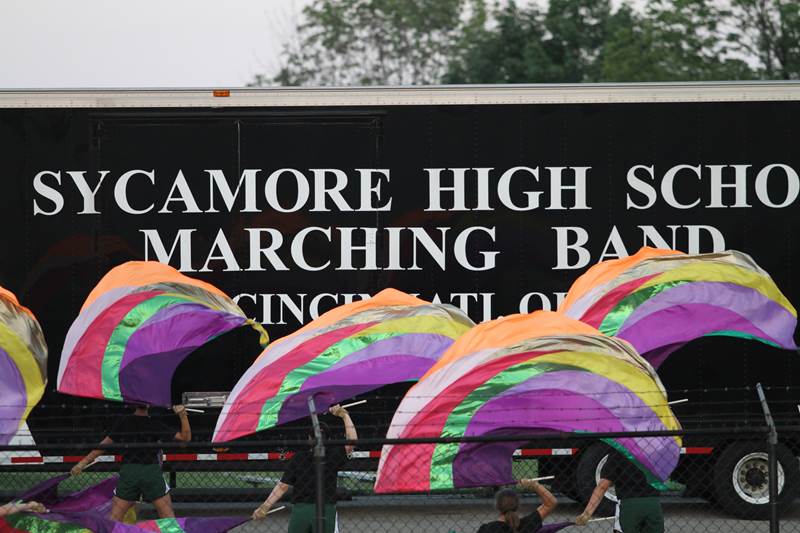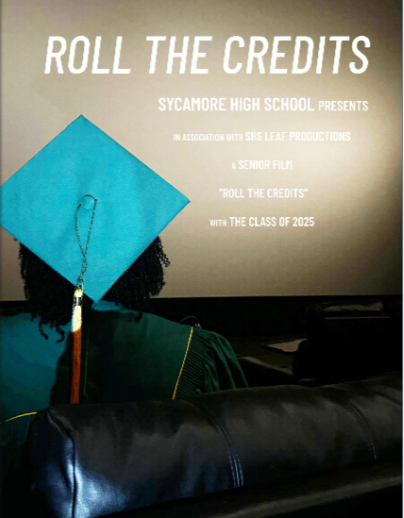Color Guard members spin, not twirl
Here the color guard can be seen practicing before a home football game. The brightly colored flags and the metallic fabric are sure to add a brilliant gleam to the show. Be on the lookout for the color guard and their performance during the football games.
October 14, 2014
What exactly is color guard, and is the correct terminology spinning or twirling? The answer is spinning and color guard is the group of performers, usually with a marching band or by themselves (winter guard), that use flags and dance to add a visual aesthetic to a show.
In other words, the guard marches with the band and spins flags to add color and action to the particular performance.
Besides flags there are a variety of other pieces of equipment used, such as sabers, ribbons and rifles (sorry, no real guns), but mainly flags. Generally in a show there can be several different flags and a variety of the equipment.
In this year’s show, “Spring into Spring,” the color guard will be using rifles, ribbons and four different flags, and since the theme is spring, the flags are brightly colored and as beautiful as spring itself.
People may still be wondering about the importance of the color guard, and if they are truly needed in marching band.
Together, the harmony between instruments and the equipment produces a show that is better and more engaging to the audience; they preform yards away from the stands so more visual cues are needed to keep the crowd interested and wanting more.
To be clear, the next time you are wondering about the color guard, the correct thing to say is that they spin, not twirl.







